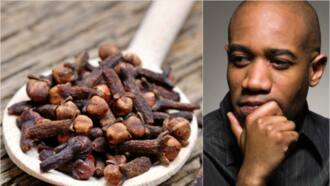Economic importance of algae
Nowadays, algae can be used in very unpredictable ways all over the world. Let’s figure out the economic importance of algae together!
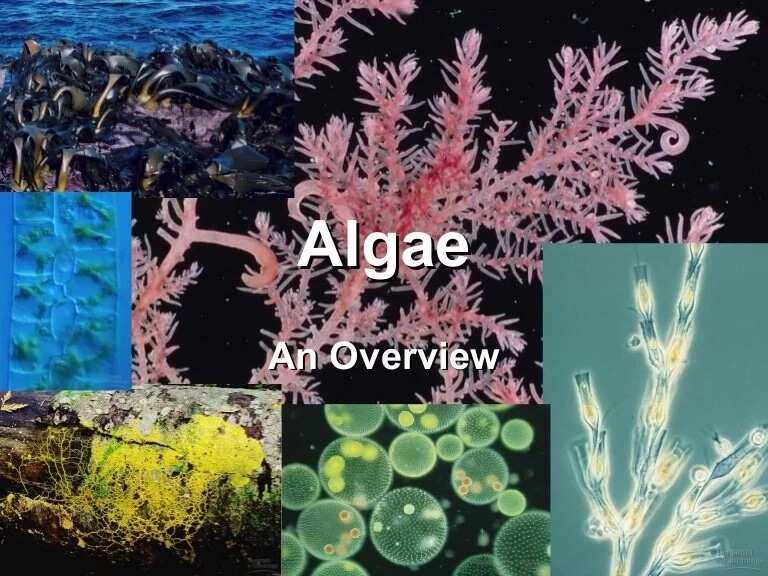
1) Algae as food
Actually, algae have been used by humans as food for centuries in different parts of the world, such as Ireland, Scotland, Sweden, Norway, North and South America, France, Germany, Japan, and China. Also, algae are taken in several ways depending on the preference of the people. For example, they may be sprinkled on oatmeal or fried with meat or a salad, prepared with meat or eaten as a vegetable.
People use kinds of algae to add flavour to different dishes, while the extract from others can be taken as a drink. As for their nutritional value, it is high enough, as they consist of a large amount of carbohydrates, proteins, fats, and vitamins, especially C, B, E, and A.

Popularly used species, are mainly marine, and they usually belong to these groups: Phaeophyceae (Laminaria saccharina, Alaria esculenta, A. fistulosa, Sargassum sp., Durvillea sp.), Chlorophyceae (Ulva lactuca (Sea lettuce), Enteromorpha compressa, Caulerpa racimosa), Chondrus crispus (Irish moss), Gigartina stellata, Gracilaria sp.) Rhodophyceae (Porphyra tenera, P. umbilicalis, P. laciniata, Rhodymenia palmata, (Dulse), and Cyanophyceae (Nostoc sp.).
The prominent feature of Chlorella is that the cell is rich in vitamin and protein contents (single cell protein). It consists of all the amino acids, which are known to be essential for the nutrition of human being as well as for animals.
It also consists of the pro-vitamin A, vitamins C, riboflavin, thiamine, niacin, pyridoxine, folic acid, pantothenic acid, p-amino benzoic acid, and inositol. The minerals present, in order of contents, are magnesium, phosphorous, potassium, iron, sulphur, calcium, copper, manganese, cobalt, and zinc. By the way, these algae are being used for the production of low-cost protein as well.
2) Using algae as a fodder
The seaweeds as a fodder have been widely used in Sweden, Norway, Scotland, Denmark, America, New-Zealand, and China. For example, in Norway, Rhodymenia palmate is known as “Sheep’s weed” because sheep are very fond of this certain alga. As for the Ascophyllum sp., Laminaria saccharine, Fucus sp. and Sargassum sp., they are equally liked by cattles.
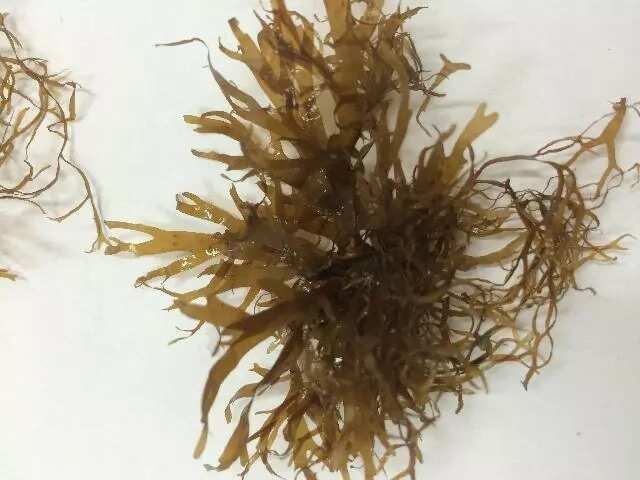
Also, in many countries, factories have been created to convert the seaweed into suitable cattle-feed. Eggs, from hens fed on seaweed meal, have increased iodine content. At the same time, the butter-fat content in the milk from a cattle, whose diet is mixed with the seaweed meal, is increased.
3) Fish-farming and algae
Both floating and attached forms of algae, marine as well as fresh water, provide the primary food for fish and other aquatic animals. In places where these algae are present in large numbers, a great number of fishes can be found. By the way, in many countries pond culture for fish has been taken up and they are fed with different types of algae.
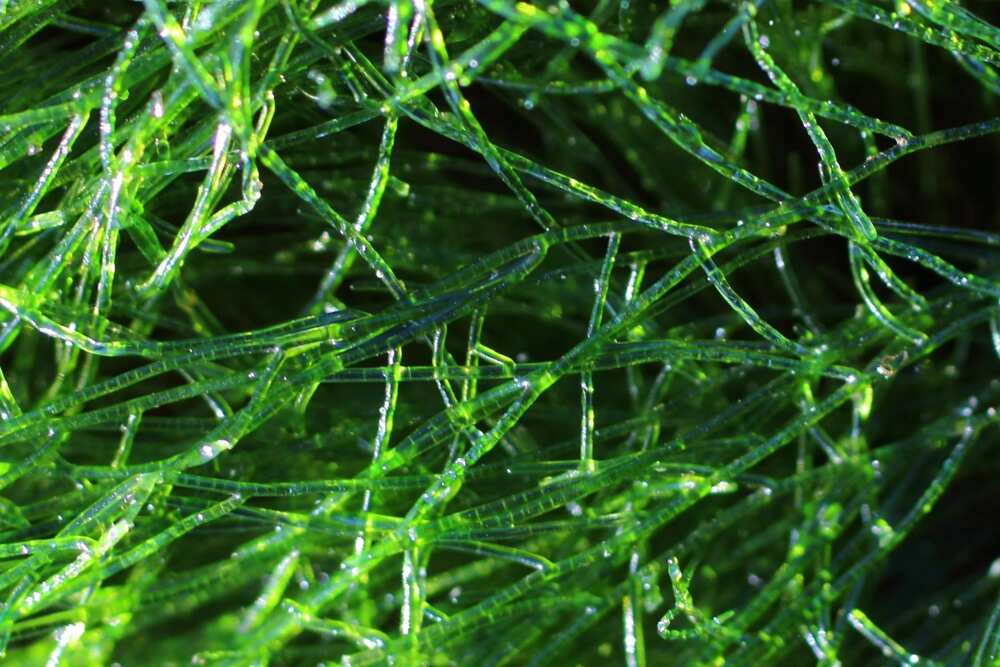
According to the works of different investigators on the food and feeding habits of fish, it seems that the green algae, the diatoms, and some blue-greens are most widely eaten up by fishes. Usually, the fish food is mainly the phytoplanktons, planktons (the floating forms), and zooplanktons. Actually, zooplanktons develop by feeding on the phytoplanktons.
Nowadays, it is a well-known fact that several vitamins found in fish can ultimately be traced to the phytoplanktons on which they feed. Therefore, the algae an important form of food for fishes. These algae keep the water habitable for fish by absorbing the carbon dioxide from it and enriching water with oxygen through photosynthetic activity.
4) Algae used as fertilizer
The large brown and red algae are used as organic fertilizers, especially on land close to the sea. The weed can be used as a seaweed meal as well. Also, a concentrated extract of seaweed is sold as liquid fertilizer. As for the coralline algae, Lithothamnion calcareum, and Lithophyllum sp., they are used abundantly for liming the soil. The same goes for the use of Chara algae, which becomes encrusted with calcium carbonate.
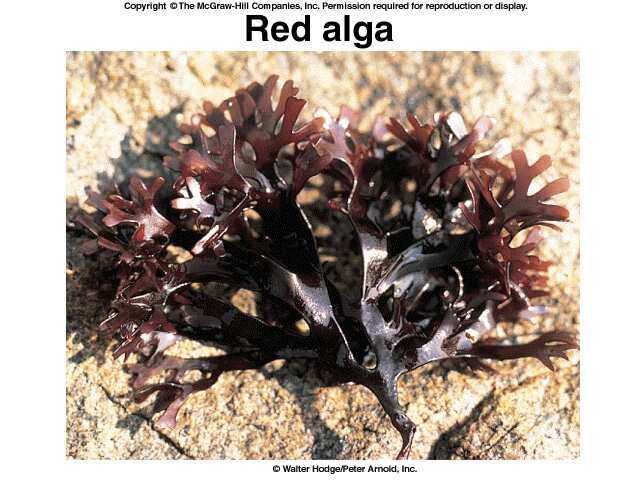
However, the greatest use of algae as the best friend of farmers, is seen in several spread forms belonging to Cyanophyceae for their capability to fix atmospheric nitrogen and to enrich the soil. So, the effect can be seen on strong soils.
5) Reclamation of alkaline
In India, for example, vast tracts of land cannot be cultivated for crops because of high alkalinity of the soil, popularly known as a “usar” soil. So, the “usar” lands would only be cultivable if their pH level could be lowered, and organic contents with the water-holding capacity of the soil increased. All these functions are carried out by the blue-green algae.
During the rainy season, the blue-green algae, notably species of Nostoc, Scytonema, Anabaena, and Aulosira, grow in large amounts.
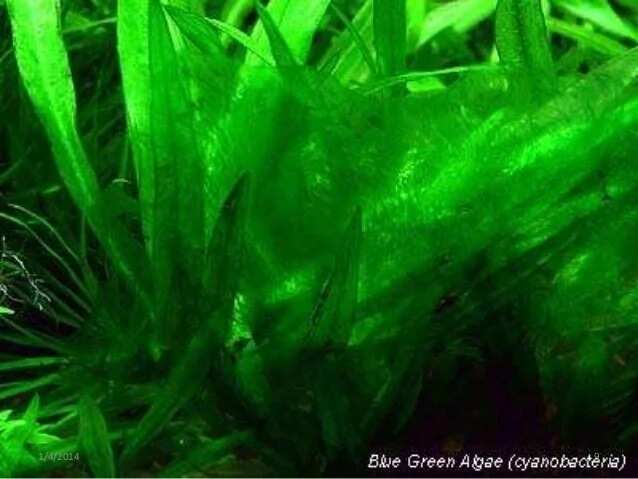
After a year of such reclamation, the level of pH fell from 9.5 to 7.6, organic contents increased from 36.5 % to 59.7 %, nitrogen contents from 30 % to 38.4 %; exchangeable calcium from 20 % to 33% and water-holding capacity of the soil is also increased by 40%. In such a “reclaimed” land, the transplanted paddy crop grew with a yield of 1576-2000 lbs/acre. This method of reclamation is now widespread all over the world.
6) Binding of soil particles
Actually, algae acts as an important binding agent on the soil surface. Burnt or disturbed soils are soon covered with a growth of blue-green and green alga to reduce the danger of erosion. The main role of Cyanophycean members is the role of an innovator in colony formation and soil formation as well.
7) Algae is used for the manufacturing of commercial products
Nowadays, many forms of marine algae, such as Phaeophyceae and Rhodophyceae, are highly valuable for certain commercial products, most importantly algin or alginic acid, agar-agar, and carrageenin.
Agar-agar
Usually, Agar-agar is obtained from various species of red algae, for example, Gracilaria lichenoides, Gelidium corneum, G. cartilageneum, and species of Furcellaria, Chondrus, Gigartina, Pterocladia, Phyllophora, Ahnfeldtia, and Gampylaephora. Agar-agar is a non-nitrogenous extract, which is obtained almost in a pure mucilaginous form. A carbohydrate galactan is the chief constituent of agar.
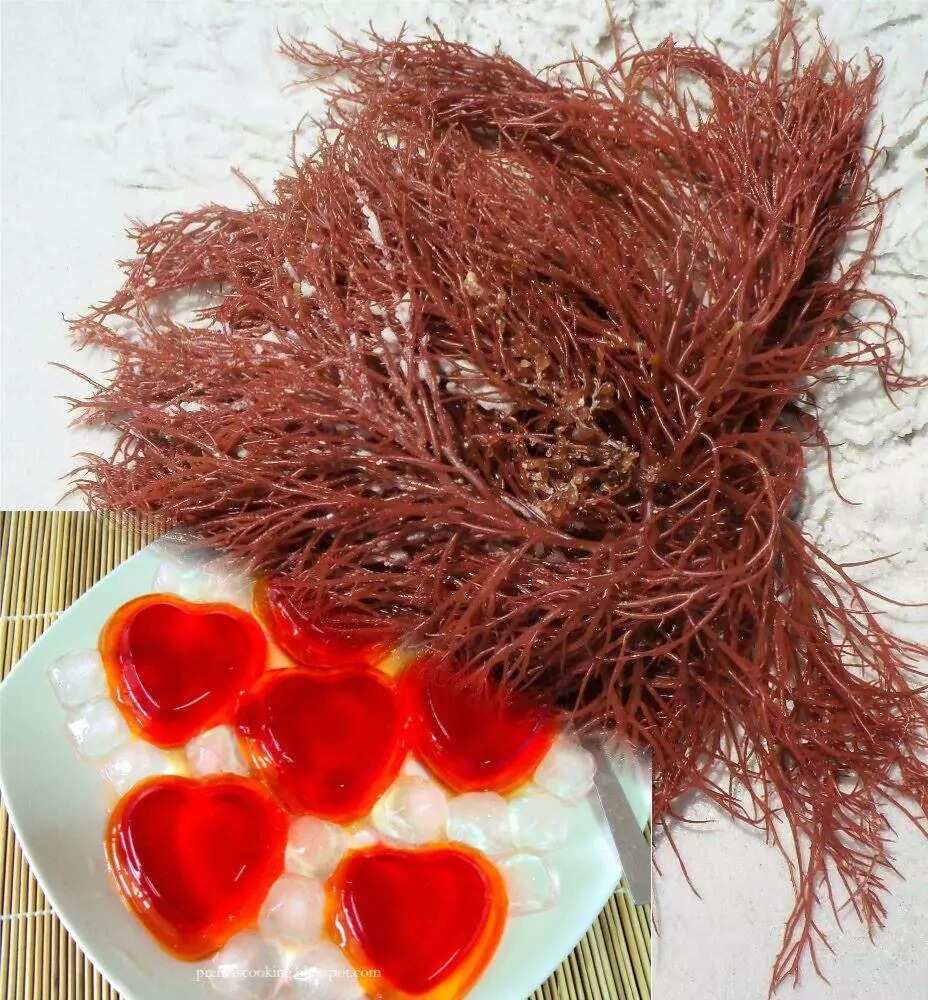
So, the algae are picked, decolorized, and the mucilaginous matter is extracted with water. The cleaned agar is sold in the form of granules, flakes or strips, which are brittle when dry but become resistant and tough when moist.
The use of agar-agar is very important in microbiology and tissue culture (for example, during the preparation of culture media for growing algae, fungi, and bacteria in laboratories).
Other uses are in paper and silk industries, in cosmetics, in canning fish, in dentistry for making impressions, in sizing material, to prevent soft fish from being shaken to pieces during transit, in clarifying liquors, etc. By the way, it can also be used as food and in the preparations of jellies, ice-cream, baked goods, and sweets.
READ ALSO: A Giant Phenomenal Blanket Of Green Algae Covers Chinese Beaches
Carrageenin
It is a metabolic product very similar to agar, which is obtained from Gigartina stellata, Chondrus crispus, and Iridaea laminaroides.
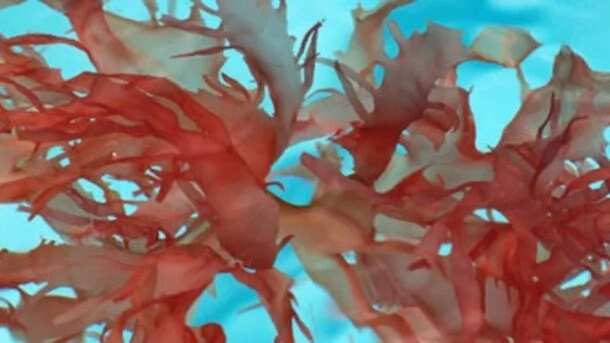
As for the mucilage, it has several important industrial applications. For example, it is used in the textile industry as well as in paper-making to give body to the paper. It is also used in the manufacture of straw and felt hats as a stiffening agent. It can be used as an ingredient in cosmetics, hand lotions, shoe-polishes, tooth paste, etc. It is widely used in baking, as an emulsifying and suspending agent and in clarifying of liquors and dairy industries.
Algin and Alginic acid
Algin is the calcium magnesium salt of alginic acid present in the intercellular substance of the Phaeophyceae. Due to its special colloidal properties, alginic acid and its derivatives find considerable use in a number of industries. Its salts are used in the production of different goods ranging from salad cream, ice-cream, custard and jams to cosmetics, films, ceramics, fabrics, and textiles.
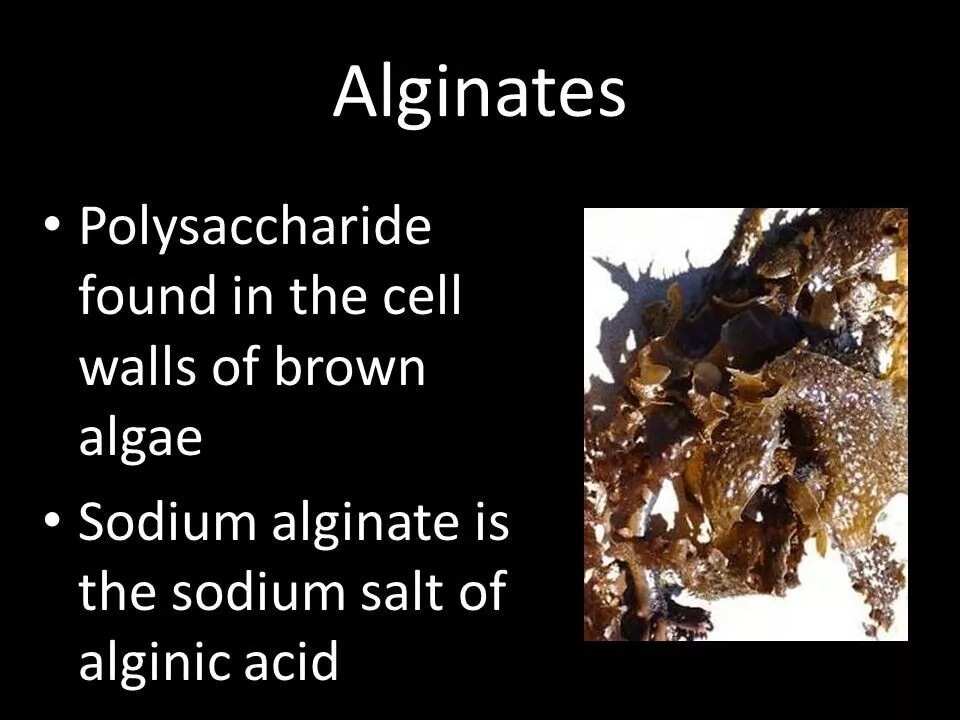
By the way, they are also used as a suspending agent in compounding medicines, emulsions, and lotions; as an insulating material and as dental impression powder; in the rubber industry in latex production; as a gel in the freezing of fish and medicinal antibiotic capsules.
Species of Macrocystis, Laminaria, Ecklonia, Ascophyllum, Nereocystis, Sargassum and Durvillea are the main sources of commercial algin.
8) Medical importance of algae
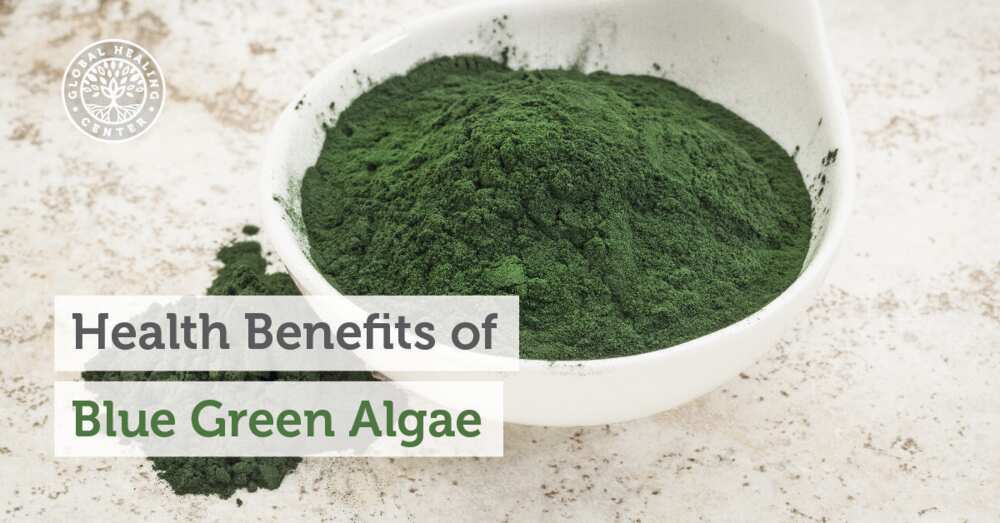
The alaria can be used for strengthening the stomach and restoring appetite after sickness. As for the alginates, they are useful for their haemostatic nature. Fucoidin and sodium lamanarin sulphate are used as the “blood anticoagulant”. A Rhodophycean alga, digenia simplex, provides an antihelmnitic remedy. Agar-agar is used for its absorptive and lubricating component. It is also used medicinally to prevent constipation.
The antibacterial product chlorellin, which is obtained from Chlorella is well known nowadays. Its antibacterial effects are more pronounced against coliforms and other related intestinal bacteria.
As for the extracts from Ascophyllum nodosum and Rhodomela larix, they are effective against both gram-negative and gram-positive bacteria. A few algae, e.g., Pelvetia, Halidrys, Polysiphonia, Laminaria, Hapalosiphon, and Nitzschia, have been reported to possess antibacterial or antibiotic properties which, however, need further confirmation.
9) Sewage disposal
When it comes to sewage disposal, algae is one of the main defenses against those diseases which are spread by human waste. The only way to dispose sewage is into water, rivers, strems, lakes or the sea. Of course, seaside towns can dispose sewage directly into the sea, but in other cases, the sewage should be treated before the disposal.
In general, there are two phases of the sewage treatment: the physical and biological. The most common and important physical processes are tedious and straining. As for the biological process, sewage disposal is simple and less expensive.
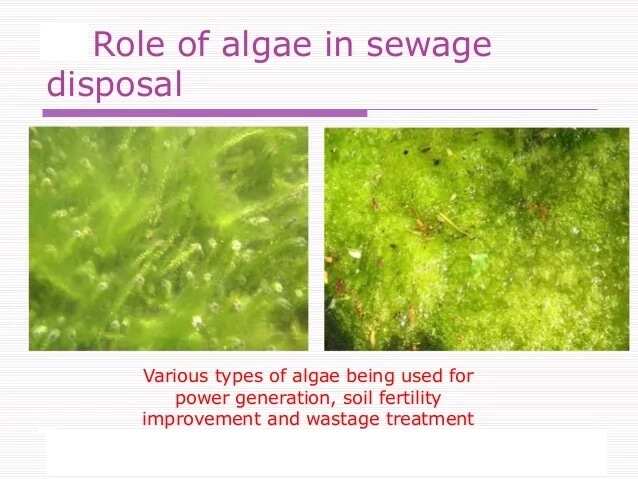
So, sewage disposal treatment is essentially a process of biochemical oxidation, and its basic requirement is oxygen. The Biochemical Oxygen Demand (B. O. D.) is the name of the parts or amount of oxygen needed for the purification of 100,000 parts of sewage by weight.
In other words, the ever-present bacteria break down the sewage from its complex organic compounds into such simple inorganic components as carbon dioxide, ammonia, and water with the needed amount of oxygen.
Actually, this oxygen demand may be supplied artificially but it is quite expensive or can only be done through the agency of the photosynthetic algae, which grow in sewage disposal ponds. The sewage purification is designed to render the organic wastes present in the sewage harmless and inoffensive.
The most popular algae species that are used in sewage oxidation ponds are Scenedesmus, Chlamydomonas, Euglena, Chlorella, Pandorina, and Eudorina.
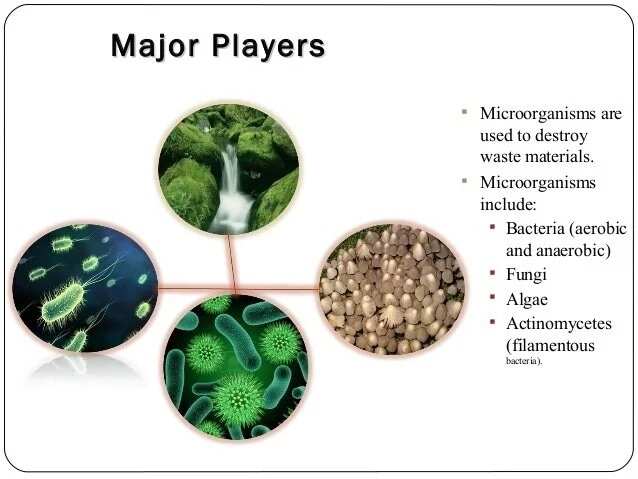
10) Funori
It is a product which is similar to agar obtained from Gloiopeltis furcata and species of Ahnfeldtia, Chondrus, Grateloupia, and Iridaea. It is mostly used as glue and as a sizing agent.
11) Diatomite (Kieselguhr)
In some regions, the fossil formed from diatoms are found in large deposits and are called “Diatomaceous earth” or “kieselguhr”. The basic constituent of glass and granite rock, the silica, is deposited on the cell walls of the diatoms. As the silica walls are chemically inert and hard, the sediments accumulate in marine and fresh water basins.
The deposits of fossil marine diatoms are over 1,200 feet thick and are noticed when the kieselguhr was used as an absorbent of nitro-glycerine in the production of dynamite.
Nowadays, for its hard and chemically inert nature, kieselguhr is mainly used in insulation, as a filtering agent and as an abrasive. Also, it is used in the industrial filtration processes of sugar refining, brewing, and wine making, in the recovery of chemicals and for removing waste mycelium in the production of antibiotics.
As for the industrial use of algae, it is used as an industrial catalyst, in the paper industry, as filler in paints and varnishes, and in insulation materials for use at extreme temperatures. Also, it is widely used to absorb coloured substances from oils and other liquids and as a cleaning powder in soaps and metal polishes.
12) Other products
Two important products mannitol and fucoidin are obtained from members of Phaeophyceae. The mannitol is used in inks and plastics, food and medicinal products, etc. The fucoidin is used as mucilage and in medicines.
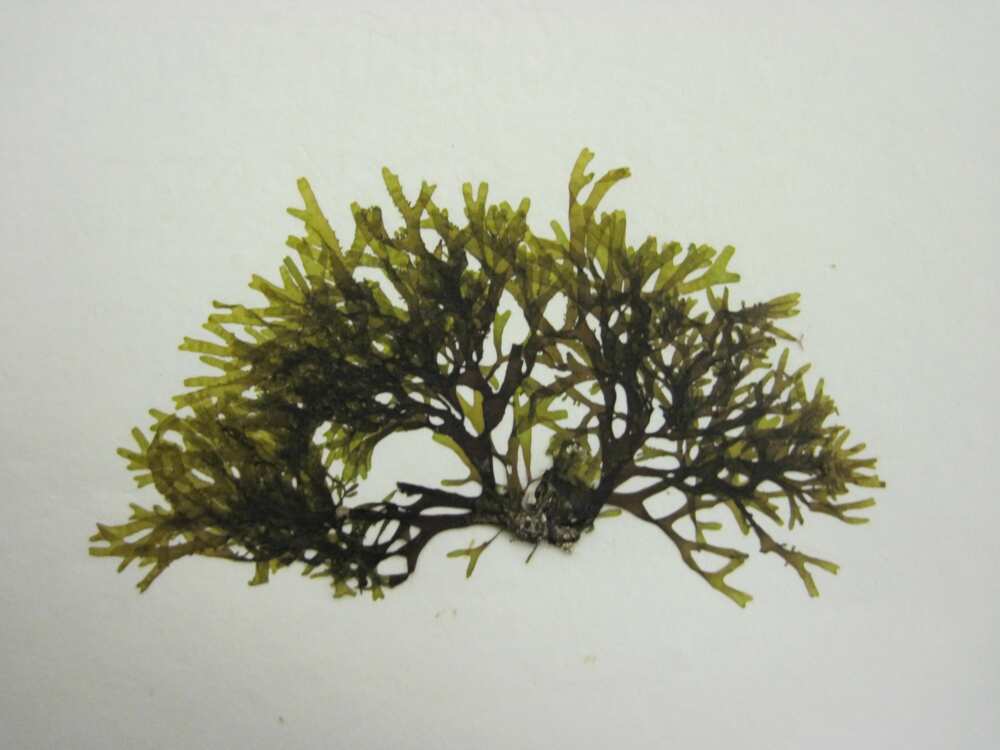
As for the burnt “ash” of larger brown algae, especially the Kelps belonging to Laminariales, has been used for the extraction of minerals (sodium sulphate, potassium chloride, and potassium sulphate), bromine and iodine. Also, it is used as a source of soda in the manufacture of soaps, alum, and glassware.
So, as you can see, algae are rather economically important nowadays. We looked through the main variants of their usage, such as industrial, medical, food, fertilizers, sewage disposal, etc. But know that it can be used in many other ways as well.
READ ALSO: These Lakes And Rivers Are Too Colorful To Be True, But They DO Exist!
Source: Legit.ng



